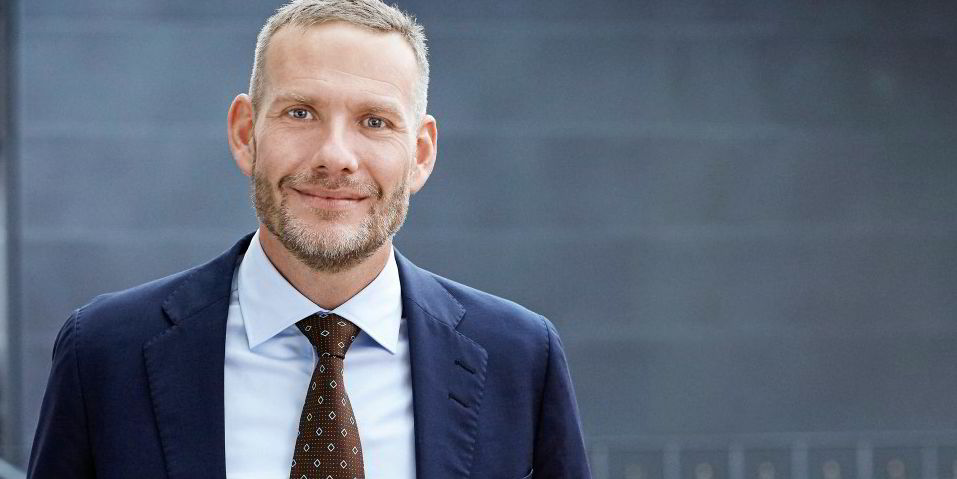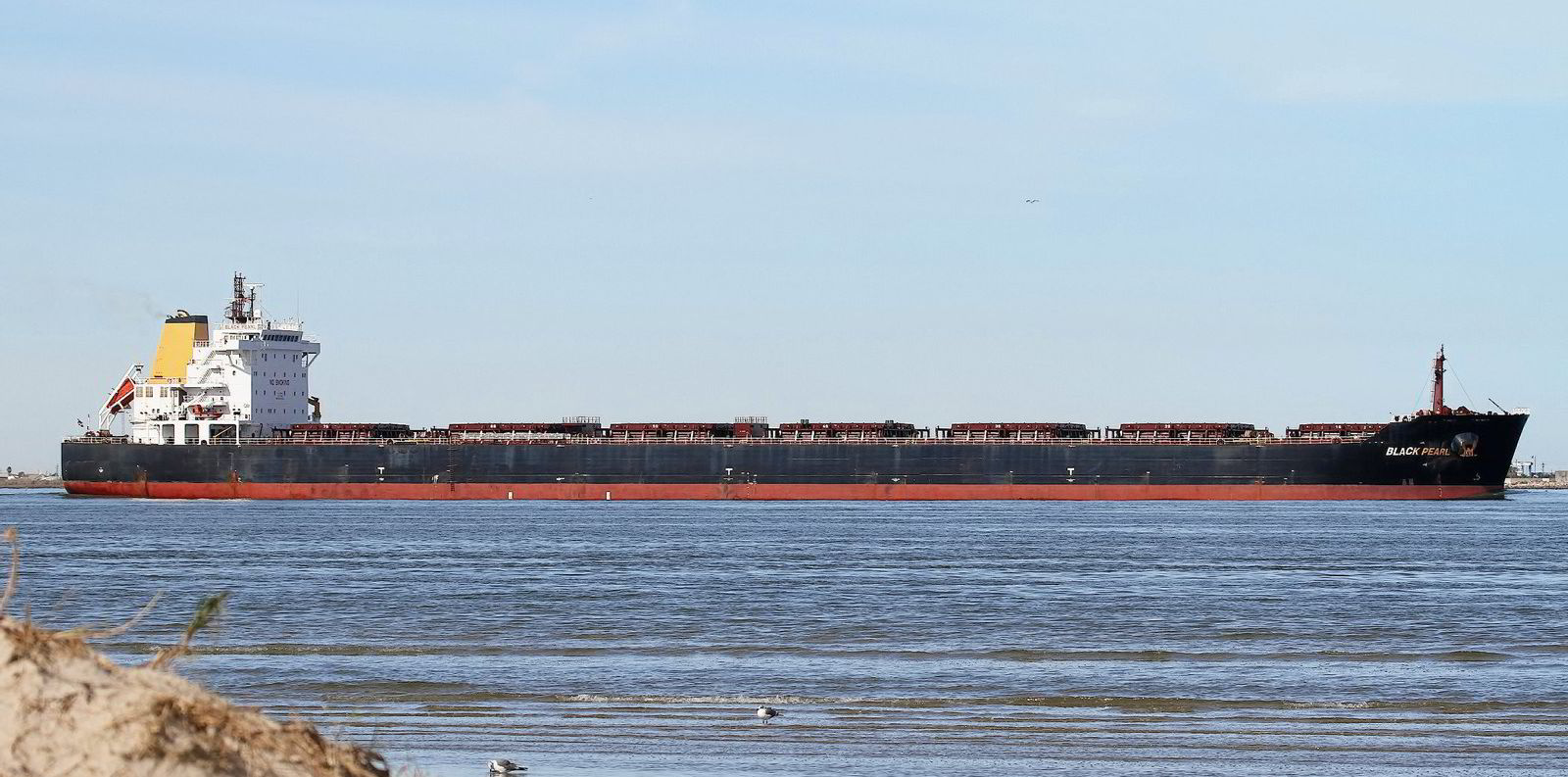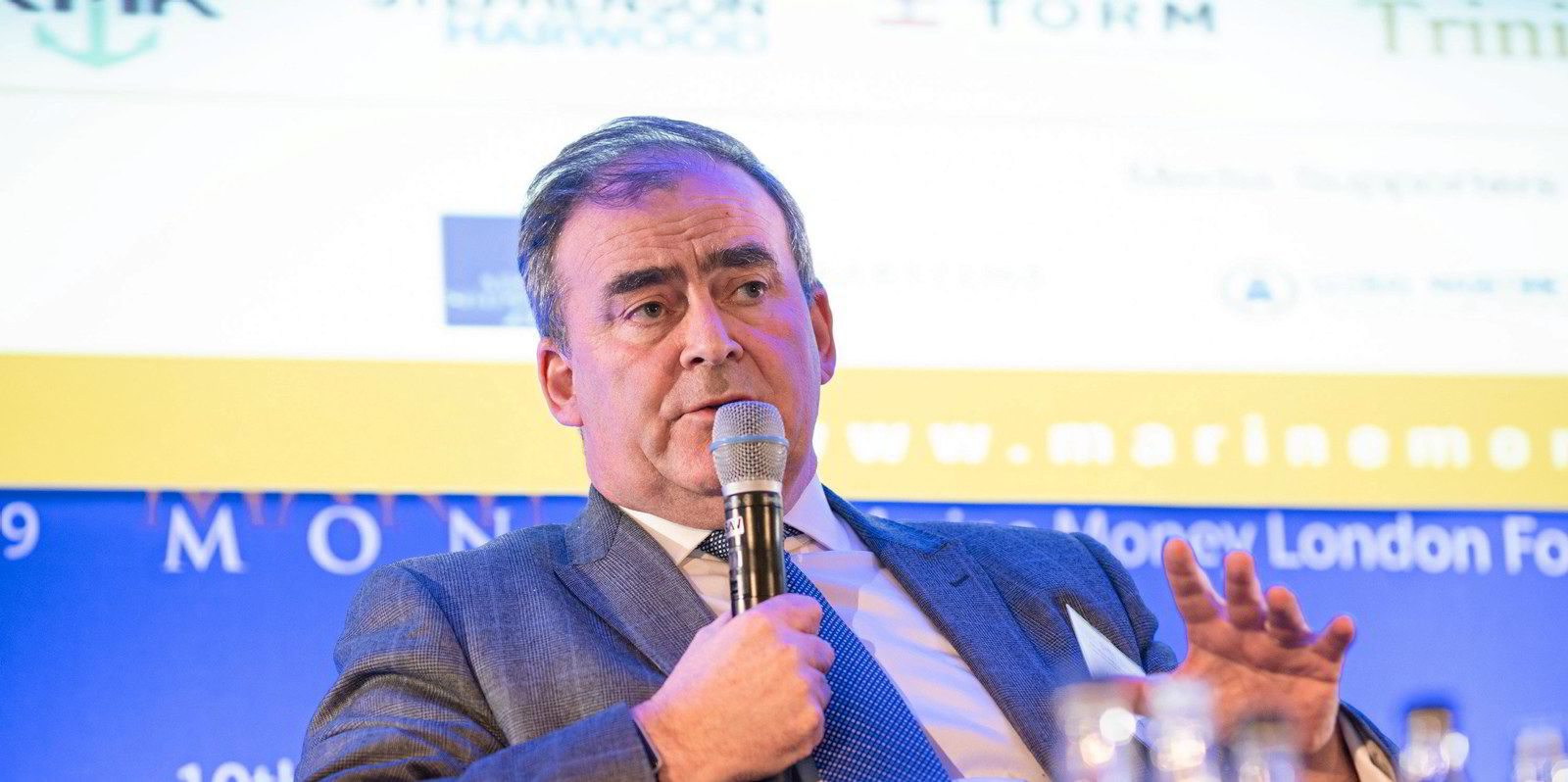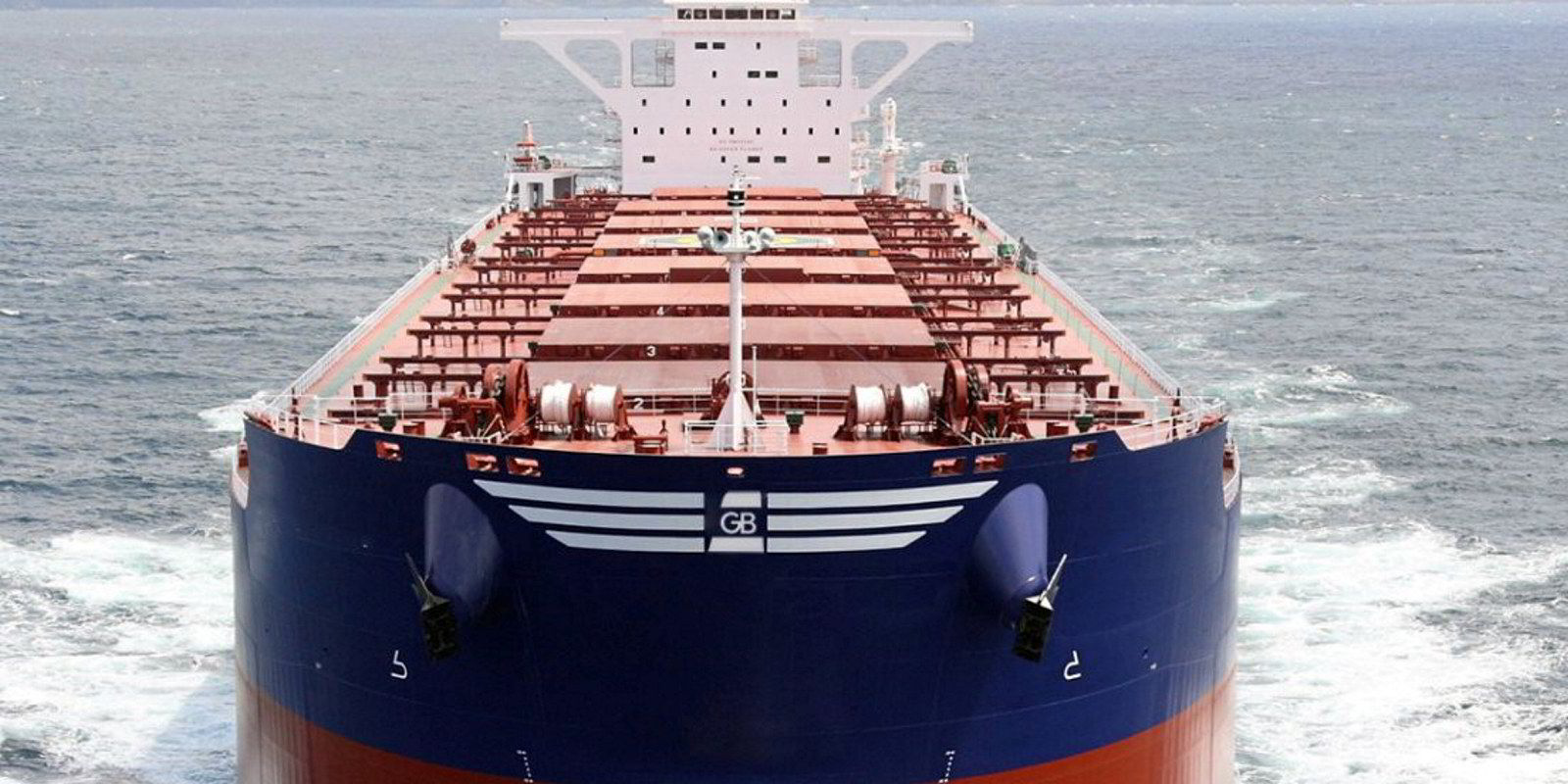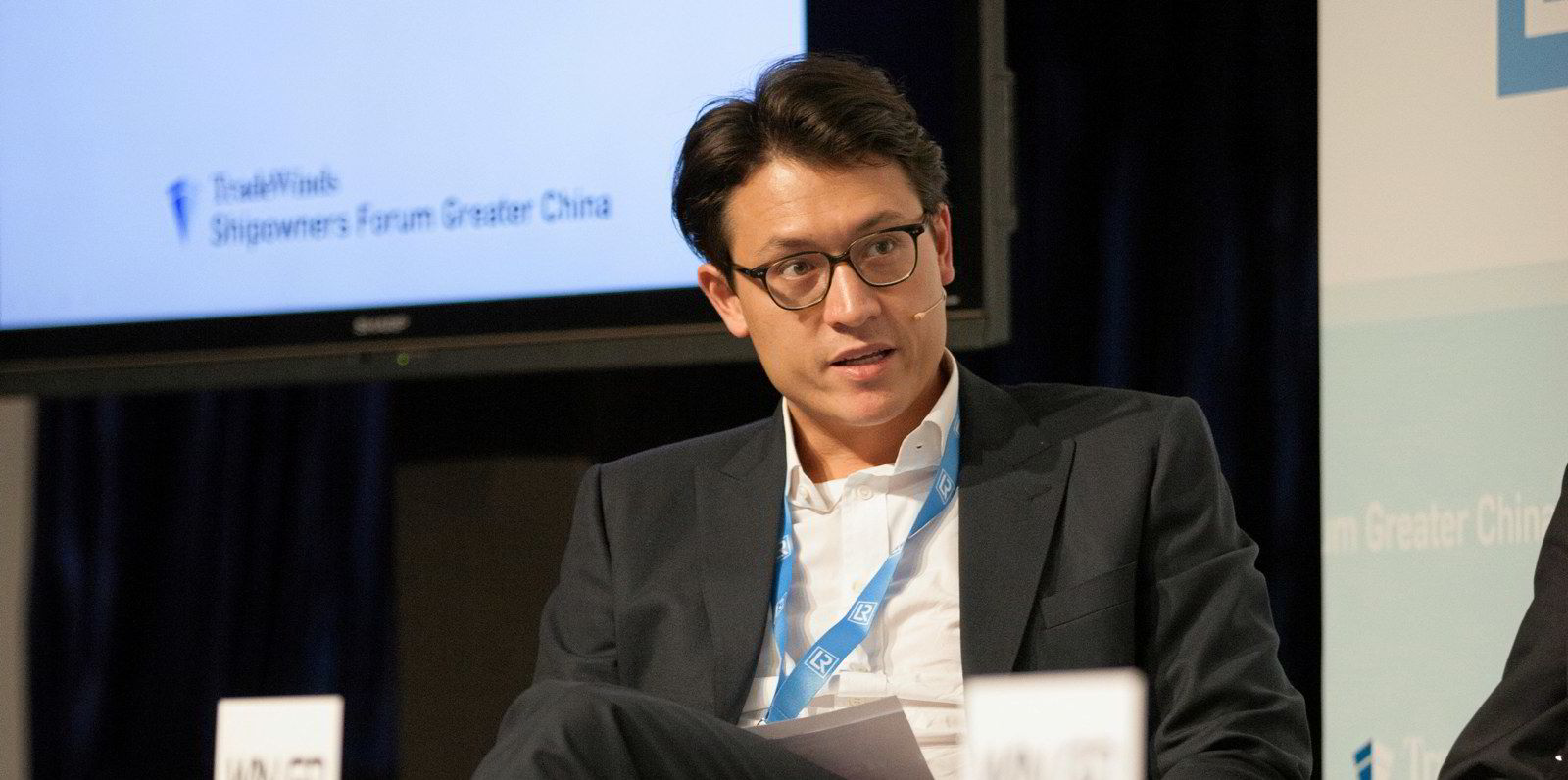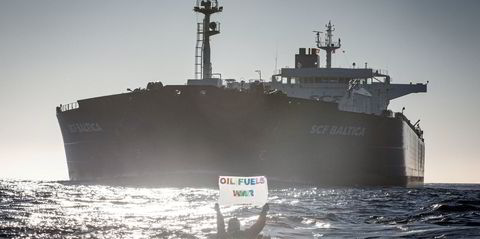Making money from operating bulkers is easy right now, but cargo owners and tonnage providers need to take care in managing their risk.
That is according to Christian Vinther Christensen, head of Norden's dry operator business unit, which looks after the Danish company's fleet of operated bulk carriers.
The performance of Christensen's business unit this year has been so strong that it has caused Norden to upsize its annual profit forecast twice in the space of a month.
The full-year 2021 estimate now stands at between $140m and $200m, up from $110m to $160m at the start of June.
Although the dry operator unit is proving a real money-spinner for Norden, Christensen is cautious. He said the business is more about measuring risk-adjusted returns, not absolute returns.
"In a market which is pushing like this, if you just take a lot of ships and make a big gamble, you will make a lot of money," he said.
"But it's more the risk-adjusted return that I'm interested in, and there we are performing quite well. Yes, we take risk, but we know how much risk we are taking.
"And we are not gambling the entire business to make this kind of money."
Of course, there is a lot of risk in operating vessels, which can be related to legal compliance, freight markets, credit and so on — and Christensen said Norden has its own "sophisticated" risk model and in-house processes for assessing its market exposure.
But it is not just Norden.
Norden's current fleet of operated bulkers comprises:
- 110 handysizes
- 110 panamaxes
- 130 supramax and ultramaxes.
The company charters in about 2,000 vessels per year.
"The entire industry is professionalising," Christensen said.
He said Norden is benefiting from shipowners' and cargo clients' understanding of counterparty risk.
"What is the price for doing business with a good counterpart that you are a 100% sure will honour your commitments? That used to be very little in the past," he said.
"I see that more and more of our clients are preferring people like ourselves or a couple of our competitors, who are very substantial and have a good name."
Norden's operated fleet of bulkers stands at 330 vessels, from handysize to panamax.
One of the areas in which Norden has taken a gamble — one that has paid off and continues to do so — is its exposure to the handysize segment.
Three years ago, Norden decided it wanted to focus on operating handysizes in the Atlantic, which Christensen said was a weak area for the company.
Since then, he added that the size of Norden's handysize fleet has doubled to 110 vessels worldwide and the firm is gaining market share.
The Copenhagen-listed company's dry operator business is growing too. Since last year, personnel have been added in Dubai, Shanghai, Melbourne, Singapore, Vancouver and Santiago.
Norden is also starting to offer parcelling services, Christensen told TradeWinds.
"Personally, I believe that our expansion in handysize has been very well timed," he said.
"You have the container industry, of course, being squeezed as a lot of containerised cargo has gone on to handysizes. You have a lot of economies that need handysize shipments more than larger shipments."
Looking ahead
In the months ahead, Christensen said it is possible the panamax market could surpass the strength of the handysize market as the grain season ramps up in the Atlantic.
Norden is monitoring and trying to optimise the geographical coverage of its bulkers.

Its focus until now has been on maintaining a strong presence in the Pacific, where the market has been extremely strong.
"And when the Atlantic market will boom, as it is starting to do now, then it's very good to have positioned some of your ships towards the Atlantic," he said.
Inefficiencies such as port congestion in China have hampered trade this year and Christensen thinks these problems will probably shift West soon.
"We are entering an Atlantic export season, where congestion is building," he said.
"We also see the changing of trading patterns, for instance with the China-Australia trade conflict. It just means that things are popping up and coming from different places."
But he added that this is just the everyday reality of the market.
"The fleet is extremely well employed and, when it's really well employed, it doesn't take much to kind of catch fire," he said.
